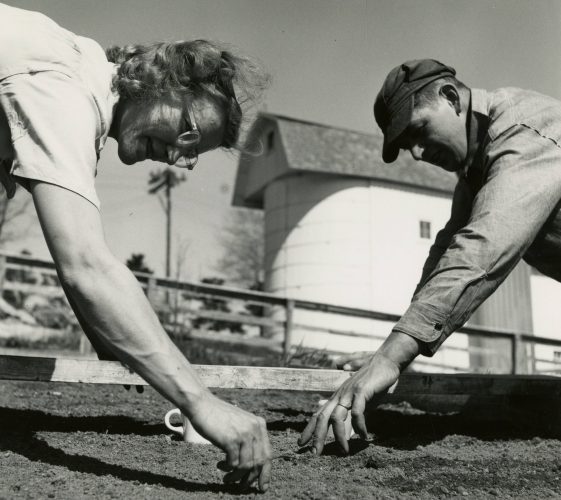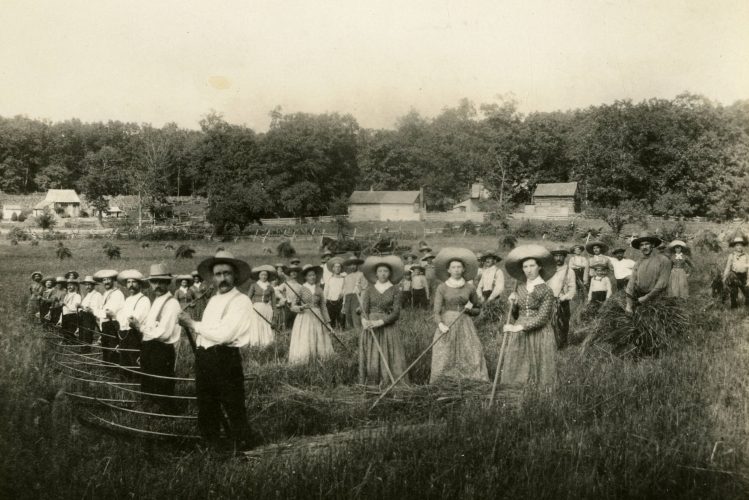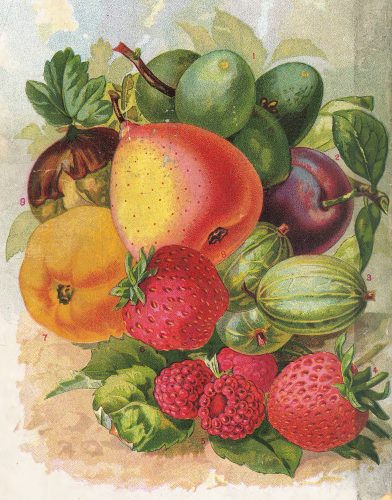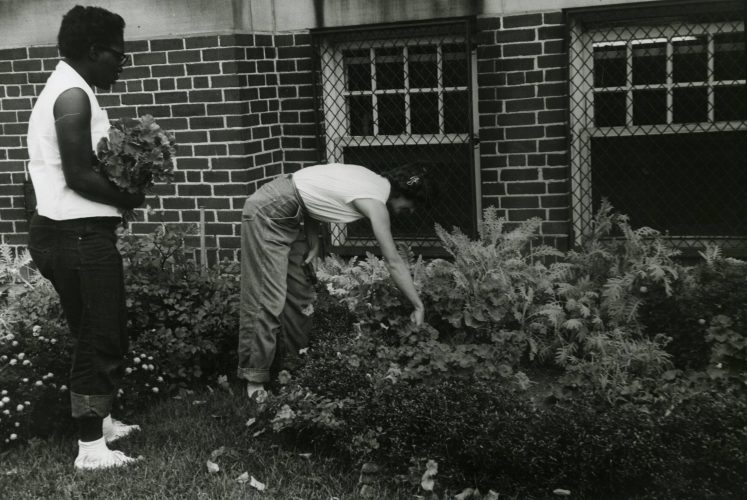Cultivating Your Green Thumb: Garden Planning in Ohio

Whether you’re an experienced gardener or an amateur with a couple growing seasons under your belt, this time of year has many of us itching to go outside and get our hands dirty. In spring and summer 2020, there was a significant increase in at-home gardens and canning, as many desperately looked for new hobbies to pass time during the pandemic. Now is the time to jump back in, or hop on the bandwagon!

Ohioans have been master gardeners for thousands of years, dating back to our state’s ancient inhabitants. Although technology and science have undoubtedly increased yields and taught us new things about growing produce, many of the basic principles hold true today. If you’re just getting started, the first step to planning a successful garden is assessing your space to find the best location for the types of food plants you want to raise. Most fruit and vegetable plants—tomatoes, peppers, cucumbers, squash, carrots, potatoes, asparagus, rhubarb, and most berries, just to name a few—require full sun (6-8 hours per day) and thrive in fertile, well-drained soil. However, some vegetables, particularly leafy greens, do well in partial shade. Take into account your available space, how large of a garden you want to take on, and the number and variety of produce you’d like to raise to determine the size of your plot.

Depending on your needs, you might decide to dig a traditional garden plot or build raised beds. If you don’t have a lot of space, several vegetables and herbs grow well in containers, which is a great solution for apartment living or a first go at a small scale garden. Plus, there are many creative, attractive, and efficient space-saving planter solutions online to purchase or build yourself! Other considerations include when to start seeds indoors, transplant small plants to your garden or containers, and when to directly sow seeds outdoors (consult planting guides like this Old Farmer’s Almanac Guide for Marion, Ohio); crop rotation; pest control; composting; and ways to attract pollinators to your garden.
While this may seem like an overwhelming undertaking, thankfully there are abundant resources at your disposal to make the planning process easier. The Ohio State University Extension Office manages an online resource called Ohioline that includes printable guides on a variety of home gardening topics, including growing guides, common garden pests and plant diseases, freezing and canning, money-saving tips, and much more. Visit your closest extension office or local library, or even talk to a farmer at your community’s farmers market, for gardening tips, tricks, and to learn more about raising produce in your region of Ohio.
Raising a garden requires hard work and consistent care, but the time and effort pay off in many ways. Not only are you growing healthy foods to nourish your body, but it’s educational (for children and adults!), gets the body moving, and can be therapeutic. Community gardens are wonderful opportunities to meet new people, join members of your community to help others, and they offer a chance to cultivate your green thumb without taking on a garden of your own.
Browse Ohio Memory to learn more about the ways Ohioans have gardened throughout history, and the importance of community-led gardening efforts. Happy gardening!

Thank you to Kristen Newby, Digital Projects Coordinator at the Ohio History Connection, for this week’s post!



Leave a Reply
You must be logged in to post a comment.